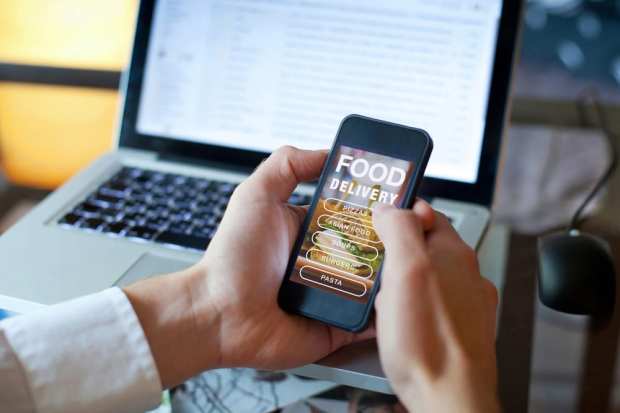Paytronix’s Open Dining Buy Unlocks Restaurants’ Digital Front Doors

Restaurants, like all businesses, have always had a “front door problem” – that is, how to get people in the mood to walk through that entrance and spend money (and perhaps even come back or become regulars). Some things never change, even as the restaurant industry slowly embraces digital and mobile technology and processes. It’s just that what constitutes the front door, and how to entice customers to open it, has become more complicated.
That’s one of the main ideas that came out of a recent PYMNTS interview featuring Karen Webster and Andrew Robbins, co-founder and CEO at Paytronix Systems. They discussed the gradual yet steady pace of digital innovation and progress in the restaurant world, and the efforts being made to bring better platform integrations – that is, better front doors – to QSR, fast-casual and other restaurant operations.
Open Dining Deal
The specific occasion for this new PYMNTS discussion?
The Paytronix acquisition of Open Dining, one of the main providers of ordering and delivery for small to medium-size restaurants. Robbins would not talk about the financial terms when PYMNTS caught up with him in advance of the deal, which makes Open Dining part of the Paytronix digital guest experience platform. But he was eager to detail how this deal promises to open up further opportunities for loyalty, payments and customer relationship management. “We always want to be at the intersection of payments, loyalty and convenience, and to help create a frictionless environment that leads to customer conversion,” Robbins told Webster.
As a new decade looms, those are all important tasks in the larger world of food service. But conversion and customer relationship management – or, to put it more simply, the ownership of a restaurant’s customers and its data – is among the big issues in retail these days. The rise of third-party delivery aggregators has brought the question into higher focus, leaving restaurant operations with a vital decision: Continue to outsource that work, build relevant technology in-house or seek a platform that offers a pragmatic and digital front door into the business while also forging direct relationships with new and potential customers.
Couch-to-Couch Conversion
Robbins put that decision – and the stakes involved – a bit more simply, and certainly more colorfully. He called it “couch-to-couch conversion,” reflecting the location from which so many of those food orders are placed, and where so much of that food will be consumed. “We looked at building it ourselves,” he said when Webster asked him about the genesis of the Open Dining deal. “We decided there was too much I.P. to create quickly, so we started looking.” As he told it, Open Dining has nine years of I.P. efforts under its belt, plus a healthy dose of point-of-sale integration with restaurants – some 1,500 locations, in fact, most of them operating on the small or medium-sized scale.
The bigger idea behind the couch-to-couch concept is to remove as much friction as possible from restaurant operations and the customer experience. In the specific case of Paytronix absorbing Open Dining, that could mean a variety of things, including enabling restaurant clients to continue working with third-party delivery providers in what Robbins called a hybrid model. That’s part of the Open Dining DNA, in fact.
“Open Dining has a great partnership with DoorDash,” he said. That effort includes the sale of alcohol, which involves the delivery person taking a photo of a customer’s government-issued ID to verify age. “You can order a BBQ and a beer and have them come to your house.”
Such a platform can enable restaurant and convenience store owners to entice more customers to come through digital or physical front doors by offering relevant and perhaps even tailored coupons, other promotions and Facebook advertising, Robbins told Webster. “There is an opportunity over time to convert people, to invite them in,” he noted.
Other problems also remain to be solved, he added. Those might include offering what are essentially subscriptions for regular food deliveries (say, to a parent who faces a dinner challenge every Tuesday and Thursday while shuttling their kids to practices). The platform will offer that parent the ability to opt into a meal subscription every Tuesday and Thursday. Restaurants can also use integrated platforms to figure out how to better contact customers without annoying them – another benefit of owning the customer data and experience.
Digital still has a ways to go in the larger world of restaurants and food service – but that also means there remains a massive opportunity for providers who can create and deploy relevant technologies that solve problems for customers. And the reward for restaurant operators will be ownership of customer data and customer relationships, which may prove existential as more customers move to digital.
